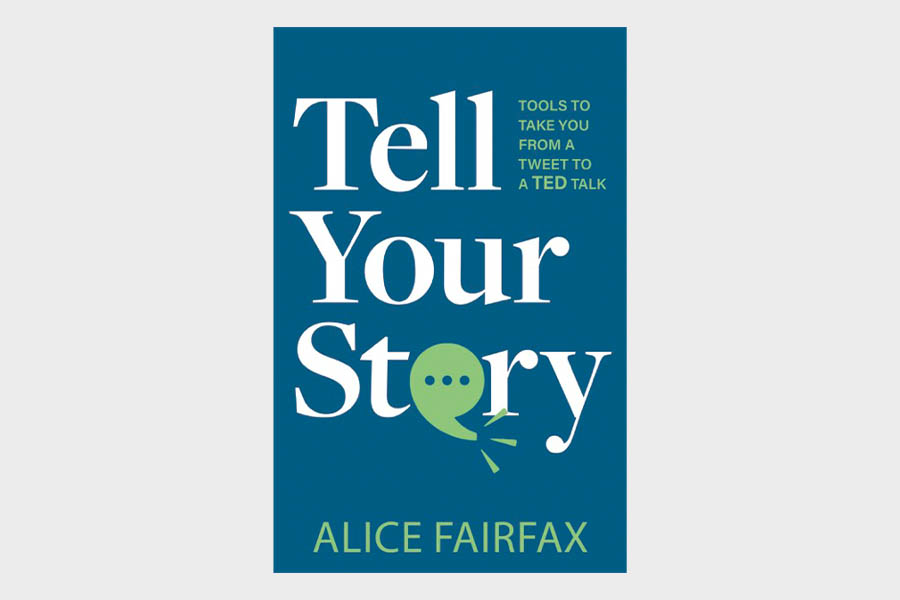Want to tell stories that deliver a Happily Ever After for everyone involved…?
Crafting a brilliant Narrative isn’t enough. Designing the Immersive event isn’t enough. You have to implement.
Beyond the install of the narrative design is the training of everyone who touches it. From the CEO to the Custodian, everyone needs to buy into the narrative, know how to step into the story, and then extend it to the audience.
Alice Fairfax is SVP Ideation Experience Design for MQDC and scriptwriter for Disney Event Group. Having started as a Disney World cast performer for over 17 years, her training in audience interactive storytelling followed her into a role where she onboarded cast members for Disney Traditions, teaching them how to tell the Disney brand story to the audiences they touch so they can buy into it.
Later Fairfax worked as a PR manager for Broadway tours, translating each story into marketing language, and has also worked with non-profits to help them tell their stories in a way that will help them secure donations and grants. All this wisdom has been corralled in her book Tell Your Story, where she shares three frameworks that will forever change the way you communicate:

- Story Formula: discover how to train nonprofit leaders, small business leaders, sponsors and C-suite in the purpose and effectiveness of story.
- Job Over Task: learn how Disney trains their frontline cast members – and how you can do the same for your frontline staff and volunteers, from the parking attendant to your core team.
- Audience Integration: the audience’s contribution to the story is key to its ongoing success. Learn how to leave room for them and solicit their response within the story.
Why Is Story Important For A Successful Experience Business?
Whether you’re a non-profit trying to tell a story more compelling than the generic founder tale, a CEO looking to go viral, an engineer wanting to understand the value of theming and narrative in your spaces, or even a barista working within an event, knowing how to create a story arc that will captivate people can make or break your experience.
Of course, the basics have to be right – one of the first questions your audience will always ask is, “Where’s the bathroom?”. And if someone experiences bad service at your experience, that’s the main takeaway they’ll walk away with.
However, as Seth Godin says:
“People do not buy goods and services. They buy relations, stories, and magic.” – Seth Godin
This is compelling, because it’s the truth! And to do this, we need the Story Formula framework: a tool you can use to quickly identify a good story for those who don’t know how to craft a narrative. One that will engage your audience and keep them coming back for more.
(For more on this, check out fellow Disney alumni Theron Skees on How Story Drives Business.)
Story Formula: Stories Should Be Universal And Specific
The bedrock of Fairfax’s Story Formula is this:
“Every story must be universal, so we relate. And specific, so we care.” – Alice Fairfax
This can lay over any narrative form, structure or shape, and is a quick measure to see if your story is on track. It needs to be universal, so anyone on the planet can relate to it. But then your marketing people will freak out about the target audience! So it also needs to be specific, so they care. Painting a picture in the mind’s eye will keep your audience engaged.
To prove this point, Fairfax always shows this video in her training sessions. It shows Oprah Winfrey accepting the Cecil B DeMille Award at the 2018 Golden Globes, with a speech that saw people tweet “Oprah for President!”:
This could have been a generic lifetime achievement acceptance speech that was all about her. Instead, the speech is compelling because of details like the “linoleum floor” Winfrey sat on as a child, because we relate to it.
Of course, few of us will have sat on a linoleum floor as a small, Black, female child in 1964 in the South of the USA. And none of us grew up to be Oprah. But many of us have been a child with a dream, or seen something that inspired us to dream bigger.
Her story is universal, so we relate; and specific, so we care. If it was too universal, the brain would skim over the story – but these specifics are captivating, so it latches on and starts painting a picture. And when we start painting a picture, we also put ourselves in it.
“Functional MRI studies reveal that when we’re reading a story, the brain activity isn’t that of an observer but of a participant” – Jonathan Gottschall, The Storytelling Animal
There is such a thing as too specific, however – if you add too many details, you risk veering into “boring uncle at the Christmas dinner table” territory and turning your viewer off. You need a universal theme, in a specific context.
Job Over Task: Using Story To Make Your Team Care
Once you have your relatably universal yet compelling specific story, the next challenge is: how do you convince everyone working on your experience to care about it as much as you do, including the parking attendant or the retail worker?
At Disney, they use the Job Over Task framework to achieve this – something Fairfax experienced firsthand while working at the Magic Kingdom. As a 16-year-old working in merchandise in Tomorrowland, her task was to fold towels, restock shelves, and ring up purchases. Decades later playing the Fairy Godmother in the Castle restaurant, her task was to sing songs and engage both adults and children.
But throughout, Fairfax’s job was the same: We Create Happiness. This is how Disney frames its story for all its cast members and employees, from the person checking tickets all the way to Bob Iger. They don’t say “we create magic”, because they can’t. But they can create happiness – for example, if a child drops their ice cream, they can take them to a shop for a replacement, or talk to them in character. This motto distils the story of Disney into one line.
This is great for Disney – but what about elsewhere? At Fairfax’s client DTGO, a “business-social” organisation based in Thailand, their one-line statement is “Adding value in everything we do”. So this is the job of every DTGO employee, and is the story they are trained in.
Another example of Job Over Task was at a property at Pattaya Beach in Thailand, an area renowned for its extravagant nightlife, owned by Fairfax’s client MQDC. This parcel of land was next to a fishing village, and the locals were frightened that they would create the same thing.
Fairfax’s job was to write a themed story that captured the magical nature of Thailand, introduced new characters developed for the project, and connected to the fishing village. She came up with a beautiful story involving a mermaid and a fishermen – but when Fairfax brought it to the CEO she rejected it, as she’s a devout Buddhist who doesn’t eat fish.
“Did I fail at my task? Yes, the story did not work. Did I succeed at my job in adding value? Yes! When you have an employee, don’t ask ‘did you do your tasks?’, ask ‘did you do your job?’” – Alice Fairfax
These story-based discussions also help bond managers and employees. At a new development for MQDC called The Forestias, the theme is “Imagine Happiness”, with themed events to match including a Christmas event. The story here is that Santa visits every year to camp and recharge with luminous energy from The Forestias.
Fairfax had to train the entire staff – ticket takers, operations hosts, attendants, baristas, etc – in this shared story. She then asked them: how might you use that story? How might you greet our guests? What might you say to a small child? The team were encouraged to try these ideas out on the audience, and get together afterwards to talk about what worked.
Audience Integration: Making Dreams Come True

Once you’ve nailed your story and fully brought your teams on board, there’s only one piece of the puzzle remaining: to add your audience into your story. Everyone who encounters your story, whether children or adults, is going to have a response to it. It’s your job to build on their responses and weave them back into the story.
This is encapsulated at Walt Disney World by its tagline, which was generated by guests, not marketing: Where Dreams Comes True.
The WXO Take-Out
Fairfax’s frameworks outline the importance of not only coming up with a compelling and authentic story that hooks people in, but also integrating and expanding that story by teaching your teams how to communicate it and leaving space for your audience to respond to it.
Fairfax summarises that we should:
- Make it Universal so that anyone can relate
- Make it Specific so that your target audience cares
- Invite your audience to paint themselves into the picture
- Use that story to create the Job of everyone that works the experience
- Leave room for the Audience to add their imagination and respond
So next time you’re designing an experience, ask yourself:
- When have you experienced a disconnect in the brand promise and the staff’s delivery?
- How have you successfully pitched “immersive” and “narrative” to non-creatives (like C-suite or board)?
- When have you experienced an audience’s participation in an event and when have you seen their resistance? What was the difference?
Want to come to live Campfires and join fellow expert experience creators from 39+ different countries as we lead the Experience Revolution forward? Apply to join the WXO today.





